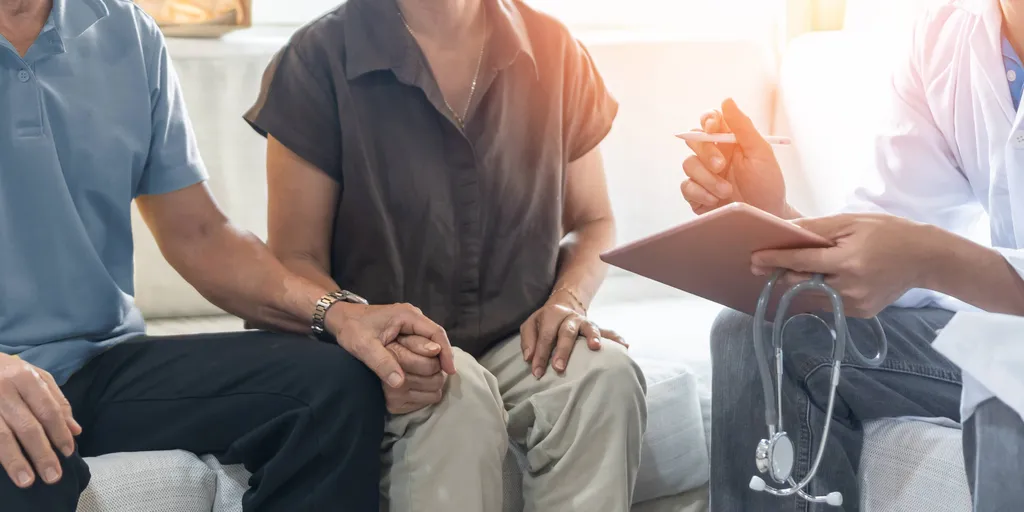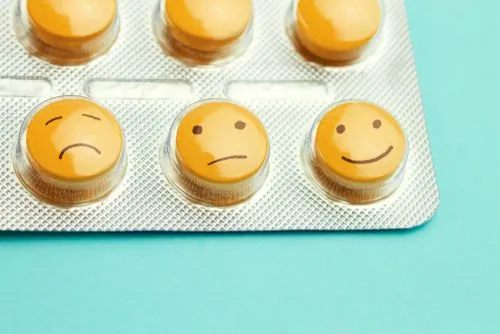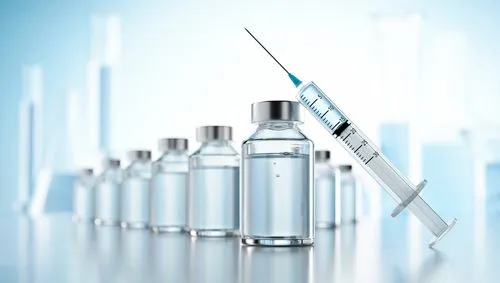Chemotherapy Treatment And The Use Of Rituximab In DLBCL

Diffuse large B cell lymphoma (DLBCL) is an aggressive and fast-growing form of non-Hodgkin lymphoma (NHL). It can be fatal if left untreated. However, with effective treatment, 60% of patients live 5 years or more after their diagnosis.
The current standard of care treatment is the R-CHOP chemotherapy regimen. This therapy consists of rituximab in combination with cyclophosphamide, doxorubicin (hydroxydaunorubicin), vincristine (Oncovin), and prednisone. It can be given on a 14-day or 21-day cycle and may be followed by radiation therapy. Imaging studies can determine the effectiveness of R-CHOP and help determine if radiation is necessary.
“Chemotherapy drugs work by interfering with the ability of rapidly growing cells, like cancer cells, to divide or reproduce themselves. Because most of an adult's normal cells are not actively growing, they are less affected by chemotherapy, with the exception of bone marrow (where the blood cells are produced), the hair, and the lining of the gastrointestinal tract.”
Patients with advanced disease are generally treated with 6 cycles of chemotherapy. Those patients with localized disease will be treated with only 3 cycles. The majority of relapses occur within the first 2 years after treatment.
Why is Rituximab Added?
“The use of monoclonal antibodies, particularly rituximab, changed the treatment paradigm of patients with B-cell non-Hodgkin lymphoma, including DLBCL. Rituximab is a chimeric monoclonal antibody that targets the CD20 antigen present on normal and most malignant B-cells.” Adding rituximab to the standard CHOP chemotherapy enhances its effect and has improved clinical outcomes with less toxicity to the body.
What are the Next Steps After R-CHOP?
PET or CT scans are used after chemotherapy treatments are conducted to determine the next steps. Patients with a negative scan may receive an additional cycle of R-CHOP. Those with a positive scan will likely receive involved-field radiation therapy (IFRT) followed by radioimmunotherapy with ibritumomab tiuxetan.
Patients with relapsed or refractory DLBCL have shown in recent studies that the use of rituximab in treatment is not effective. After rituximab is used in first-line therapy, patients often become resistant to this medication. “Treatment of patients with relapsed/refractory DLBCL are primarily based on chemotherapy agents non–cross-resistant to those used in the frontline setting. They may be given with or without rituximab.”
Diffuse large B cell lymphoma (DLBCL) is an aggressive and fast-growing form of non-Hodgkin lymphoma (NHL). It can be fatal if left untreated. However, with effective treatment, 60% of patients live 5 years or more after their diagnosis.
The current standard of care treatment is the R-CHOP chemotherapy regimen. This therapy consists of rituximab in combination with cyclophosphamide, doxorubicin (hydroxydaunorubicin), vincristine (Oncovin), and prednisone. It can be given on a 14-day or 21-day cycle and may be followed by radiation therapy. Imaging studies can determine the effectiveness of R-CHOP and help determine if radiation is necessary.
“Chemotherapy drugs work by interfering with the ability of rapidly growing cells, like cancer cells, to divide or reproduce themselves. Because most of an adult's normal cells are not actively growing, they are less affected by chemotherapy, with the exception of bone marrow (where the blood cells are produced), the hair, and the lining of the gastrointestinal tract.”
Patients with advanced disease are generally treated with 6 cycles of chemotherapy. Those patients with localized disease will be treated with only 3 cycles. The majority of relapses occur within the first 2 years after treatment.
Why is Rituximab Added?
“The use of monoclonal antibodies, particularly rituximab, changed the treatment paradigm of patients with B-cell non-Hodgkin lymphoma, including DLBCL. Rituximab is a chimeric monoclonal antibody that targets the CD20 antigen present on normal and most malignant B-cells.” Adding rituximab to the standard CHOP chemotherapy enhances its effect and has improved clinical outcomes with less toxicity to the body.
What are the Next Steps After R-CHOP?
PET or CT scans are used after chemotherapy treatments are conducted to determine the next steps. Patients with a negative scan may receive an additional cycle of R-CHOP. Those with a positive scan will likely receive involved-field radiation therapy (IFRT) followed by radioimmunotherapy with ibritumomab tiuxetan.
Patients with relapsed or refractory DLBCL have shown in recent studies that the use of rituximab in treatment is not effective. After rituximab is used in first-line therapy, patients often become resistant to this medication. “Treatment of patients with relapsed/refractory DLBCL are primarily based on chemotherapy agents non–cross-resistant to those used in the frontline setting. They may be given with or without rituximab.”

about the author
Lisa Foster
Lisa Foster is a mom of 3 daughters and 1 perfect grandchild, a puzzle lover, writer and HealthTree advocate. She believes in the mission of the foundation and the team that builds it forward. She calls Houston, Texas home.
More on Navigating Your Health
Trending Articles
Get the Latest Large B Cell Lymphoma Updates, Delivered to You.
By subscribing to the HealthTree newsletter, you'll receive the latest research, treatment updates, and expert insights to help you navigate your health.












